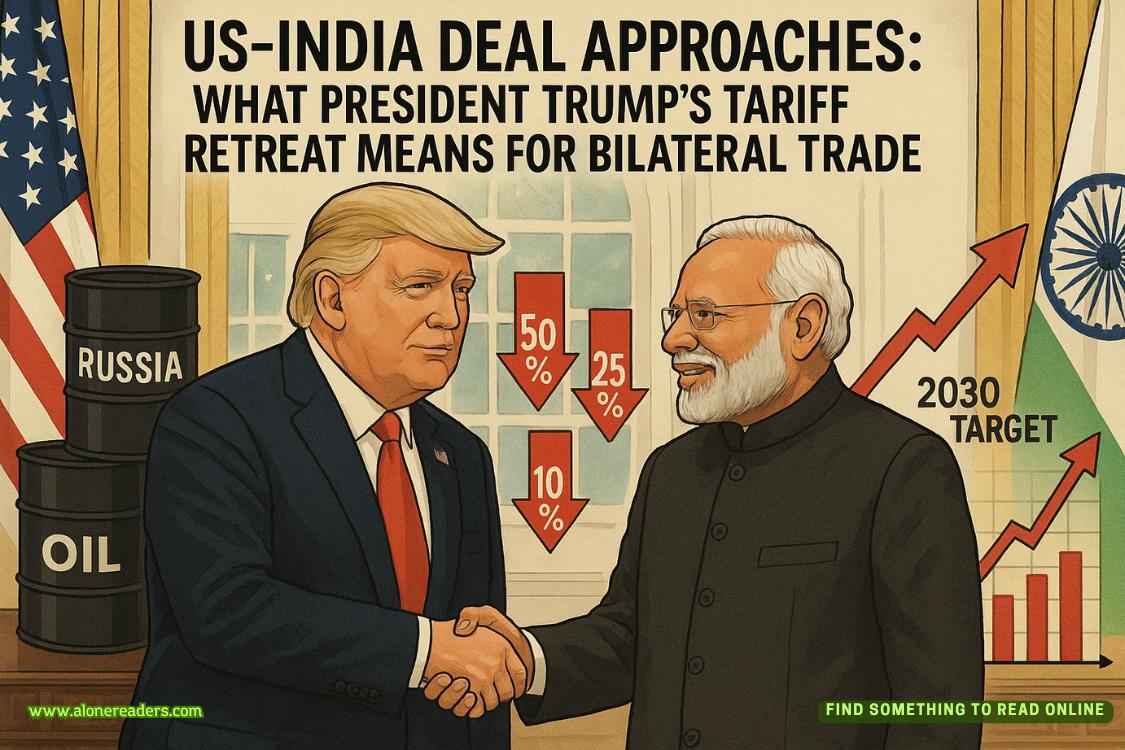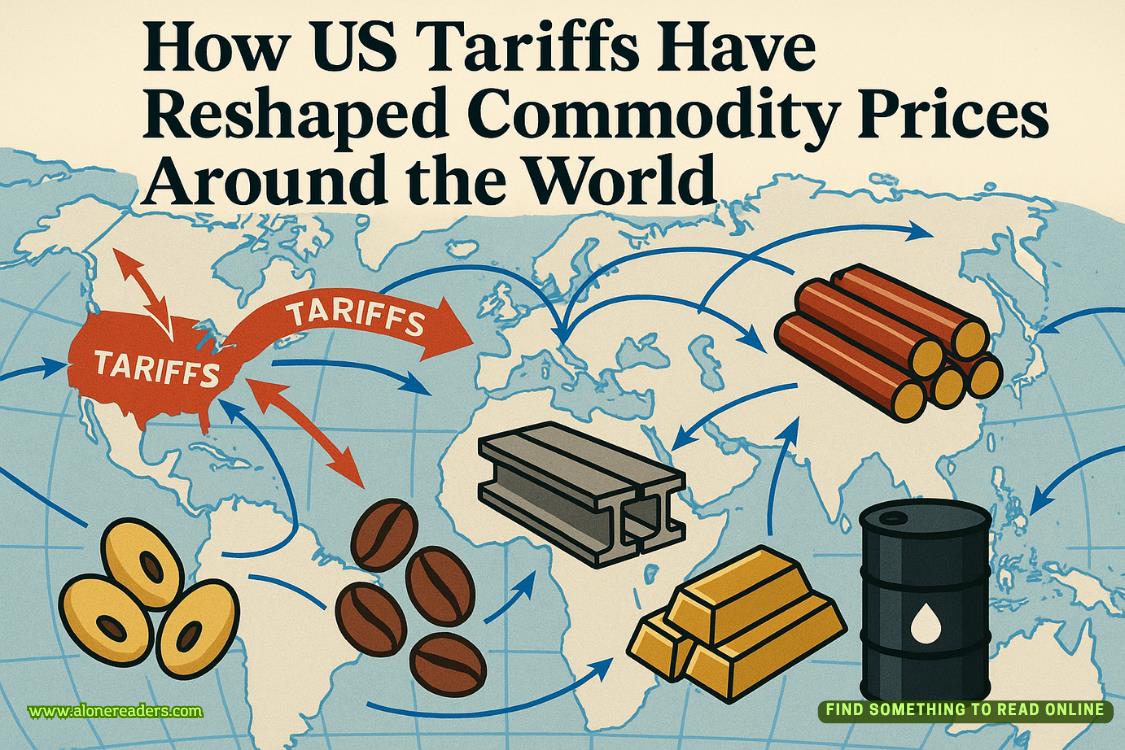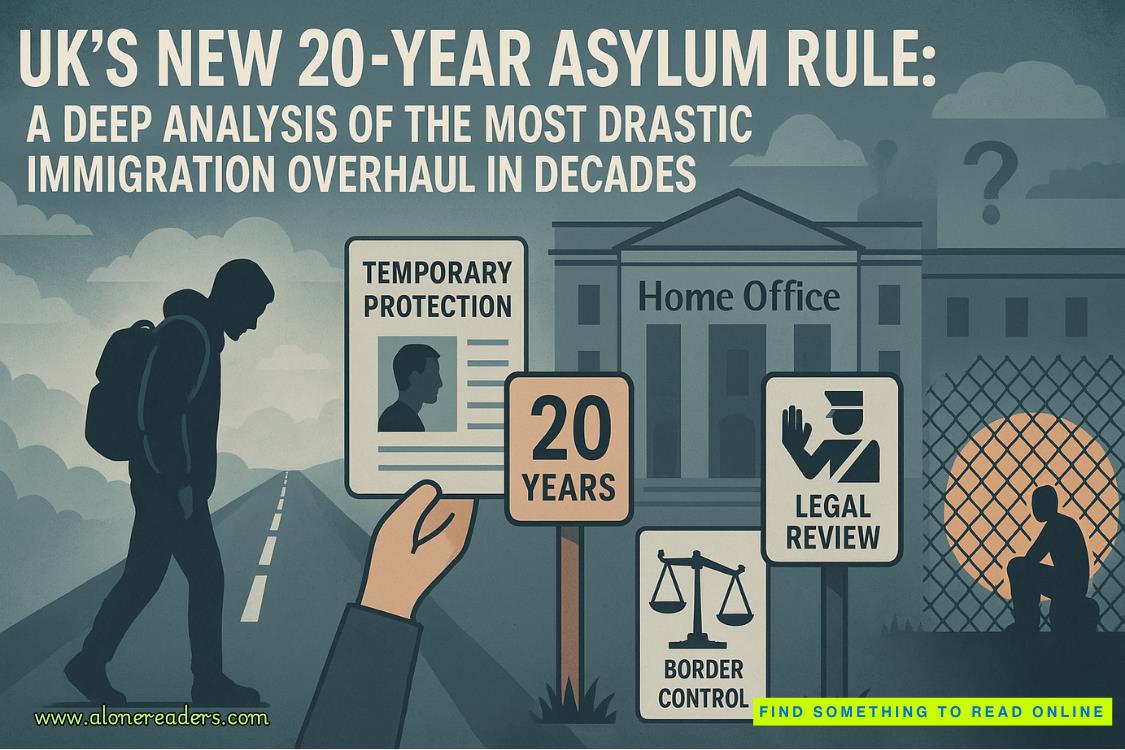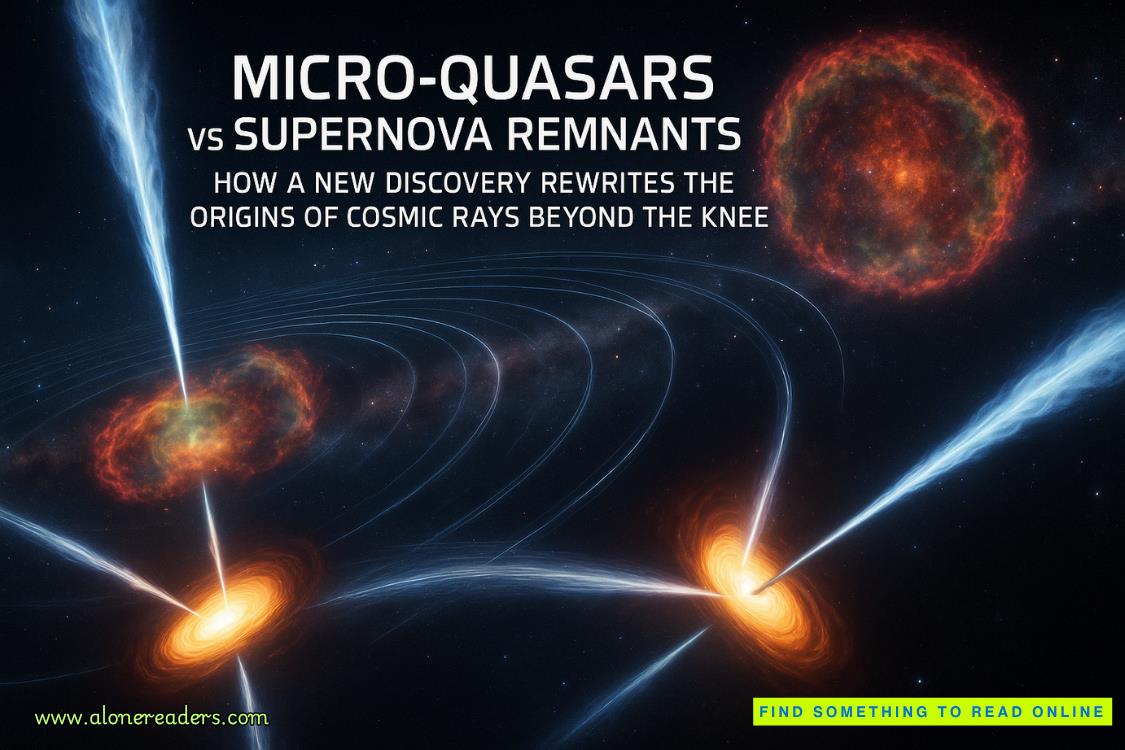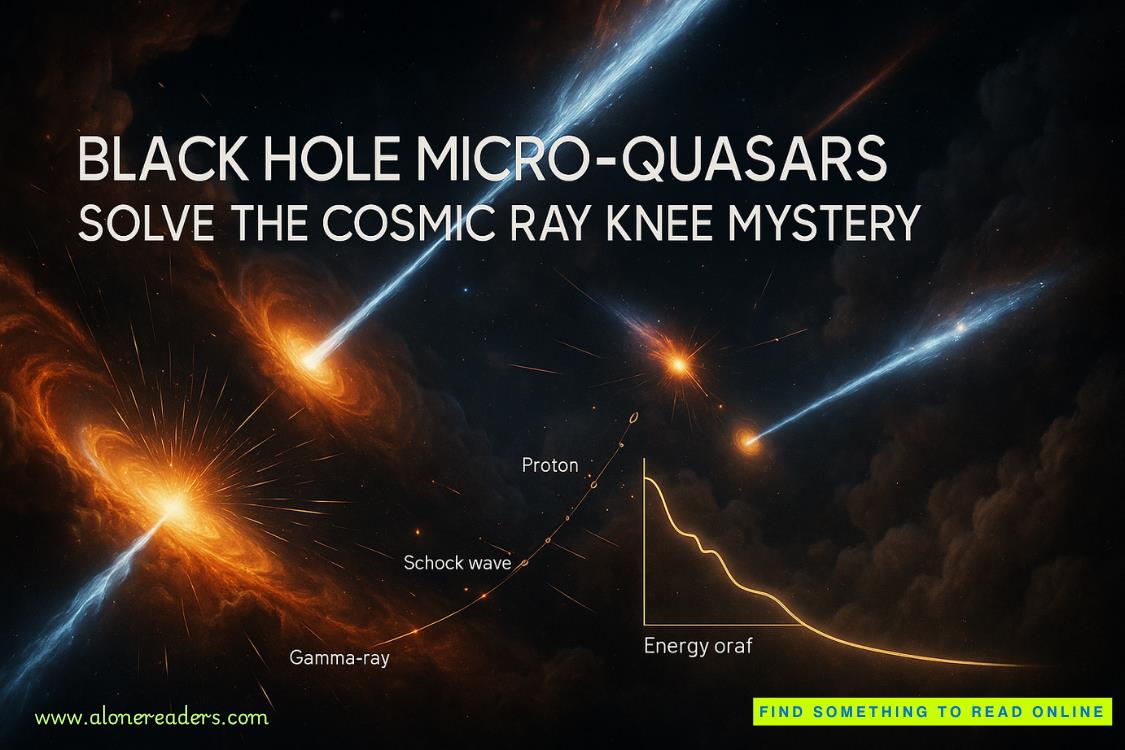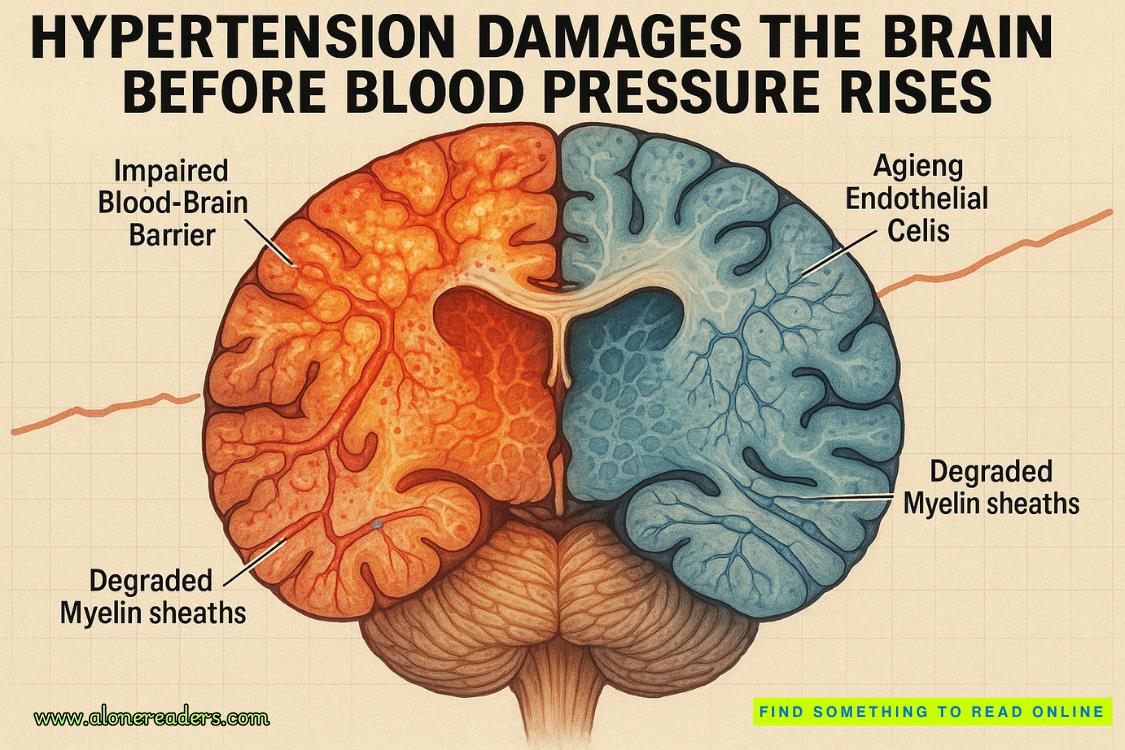Page 351 of DATE
If they could find it successfully, they could open up trade and communication with this ancient empire.
In addition to Europe and Asia, she also marked the locations of the Americas and Africa.
She also drew the heart-shaped Australia, with the equator emphasized in bold at the top.
Leonardo was somewhat astonished when he saw the size of the Americas and Africa. He could hardly imagine that there were still two ancient continents that had yet to be developed.
“By the way, these two islands should have been discovered by this era,” Hedy took a sip of water and began to explain to him the stories of the African slave trade and the Mayflower.
Every continent carried countless stories, where people chased after wealth and power, doing the same things on every piece of land.
Though many of these stories were cloaked in the guise of freedom and openness, they would inevitably fall into the mundane in the end.
Listening to her account, Da Vinci began adjusting and refining the positions of the islands on the map, also detailing the navigation routes.
He had always been deeply interested in geography and had a unique understanding of navigation.
What was once a hasty and rough map was, through their combined efforts, transformed into a clear guide for opening new trade routes.
Every sea exploration was never solely about money.
Compared to the circulation of gold coins, Hedy was more concerned about other things.
Luxury goods—such as sugar, coffee, tea, and porcelain—seemingly insignificant items, could potentially change the entire trajectory of the world’s economy.
Plants—like quinine trees, oaks, pepper trees, and various rare species—would rewrite the history of medicine and industry, speeding up the world’s development once again.
And there were also certain sensitive political information.
If they could establish early communication and cooperation with certain empires, later arrivals might not be able to reverse certain events.
Half a year ago, as the fleet was nearing its final repairs, the Queen's CEO, Atalante, issued a recruitment call, seeking skilled sailors from across the country and offering substantial financial rewards in the announcement.
Once the records of the applicants were compiled, they were handed over to Hedy, who began sorting through them as though selecting employees for a company.
Over the past few years, she had ingrained a text-based work approach into every aspect of her operations, and, alongside Atalante, they were handling issues with greater efficiency.
Atalante and the younger generation were continuously training more such talents, bringing vitality and energy to this new government.
Hedy had initially intended to select veteran captains and seasoned sailors with ample experience at sea.
They might not be literate, and would need scribes to help them with their names, but they should have an exceptional ability to judge natural environments.
However, as she flipped through the resumes, a familiar name suddenly appeared.
—Christopher Columbus, from Genoa.
"Calm down, Hedy," she told herself.
"This isn't the first time you've encountered this situation."
At the age of just over thirty, Columbus was in the prime of his life and held a deep respect for the newly crowned Queen.
Although he had only sailed through a few nearby bays, he was passionate about expeditions.
Without hesitation, Hedy brought him into the ranks, leaving her other subordinates somewhat puzzled.
Some of the old sailors had thrown more anchors than Columbus had worn shoes—why choose such an unknown man?


